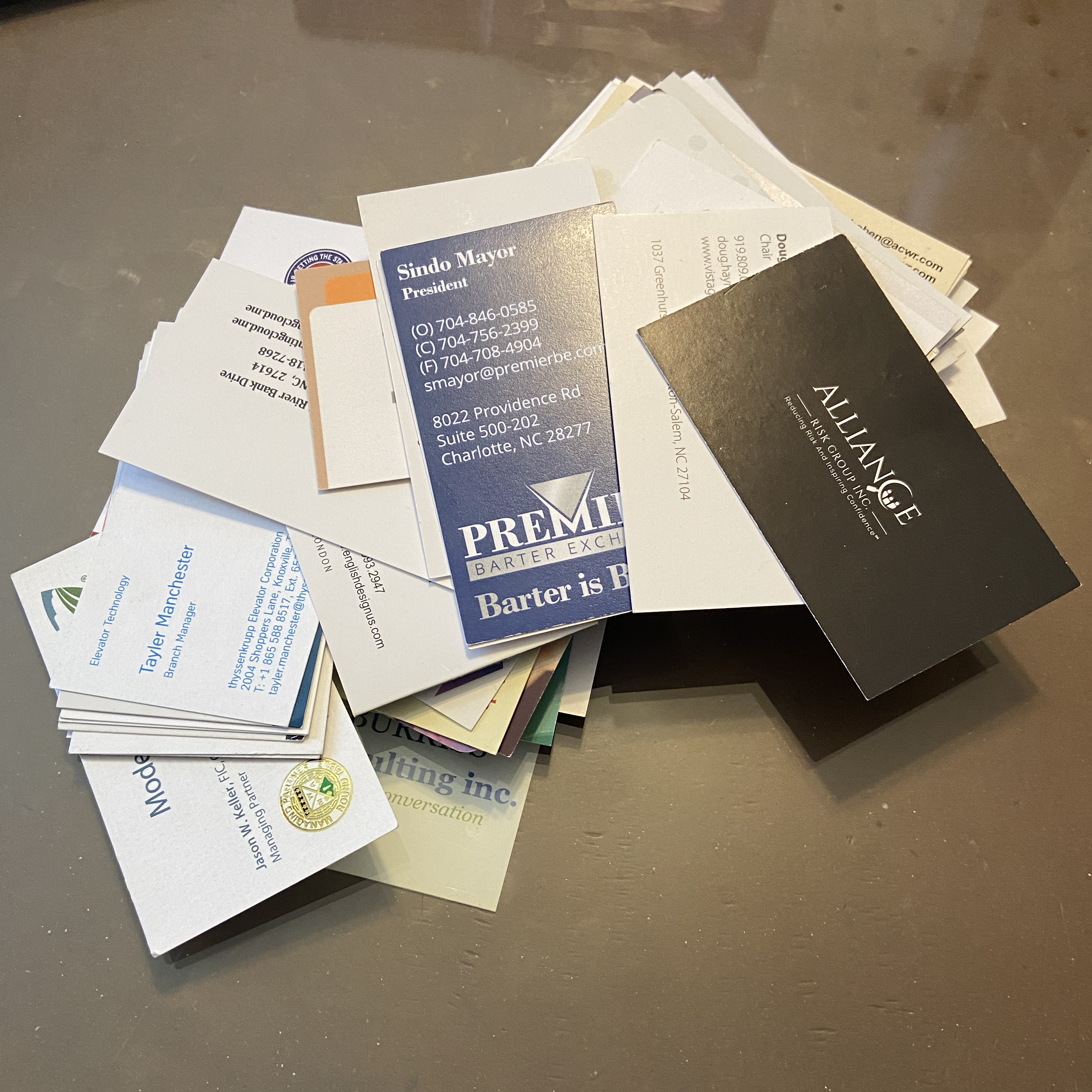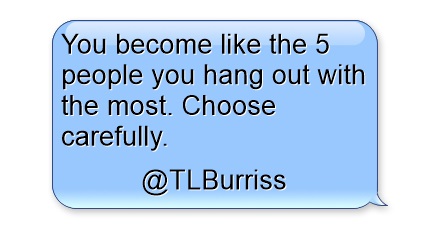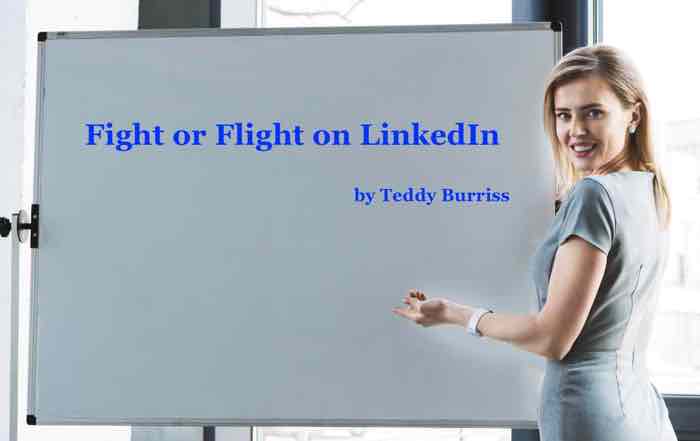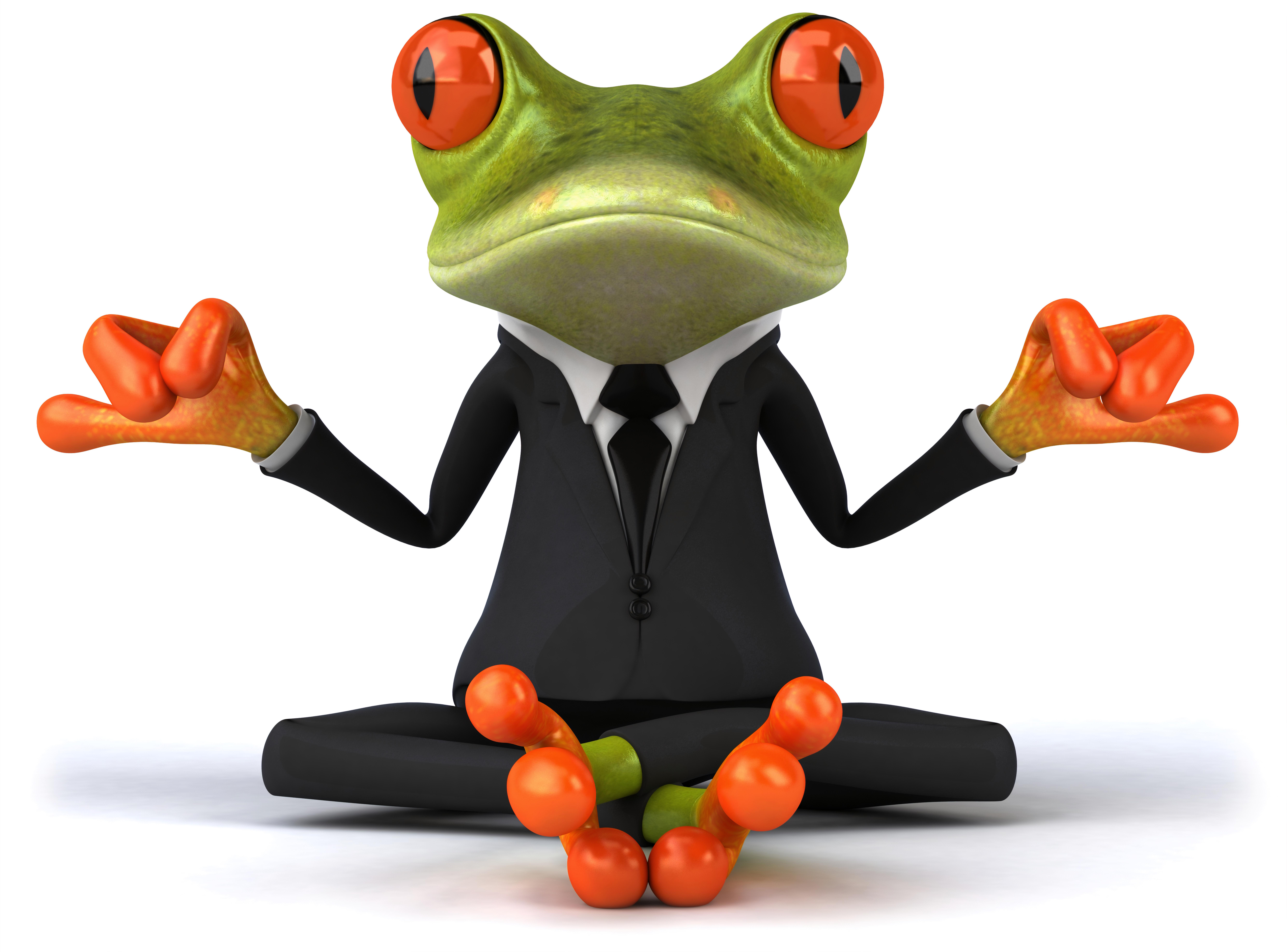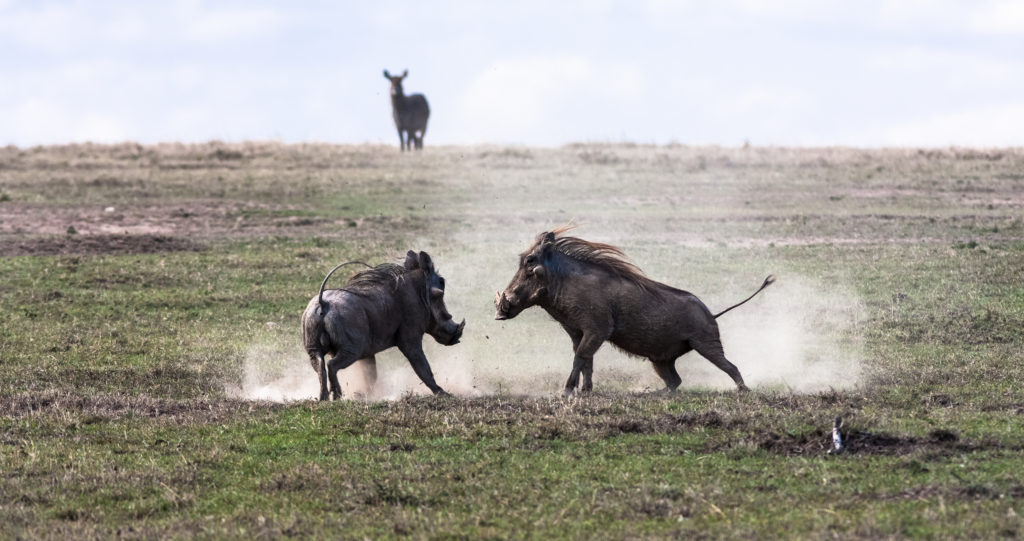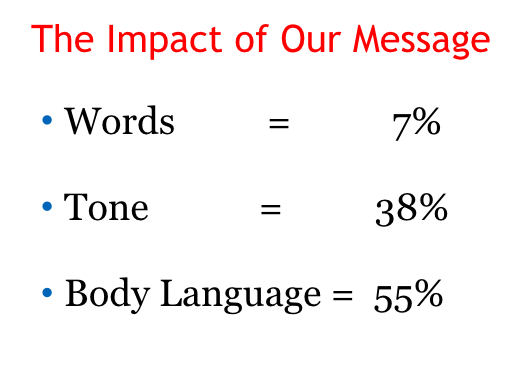I do not hand out business cards like they’re candy.
I remember way back in my past, my boss nearly peed his pants when he saw within a month I had handed out an entire box of 500 business cards. He immediately bought me another 1000. I’m sure most of those business cards ended up in the trash, a desk drawer or in a pile with 100’s of other business cards.
I’ve seen it many times. This may even be your desk. A bunch of business cards in a rubber band stacked up on the left or right side of your monitor. Maybe piles of cards in your desk drawer. How does this help anyone?
Today, I only give out my business cards when there is an intent or opportunity for a future conversation.
I’ll often say to the person, “Let me tell you my expectations when I give you my card. I expect you to send me an email and follow up to our meeting and if you are using LinkedIn, send me an invite to connect there.” No one has ever given my card back because of these expectations.
When I receive a business card from someone else, this is my process:
Step 1 – I put them into my personal contact database. I use Google Apps, so they go into my Google Contacts. I enter in their Name, Company Name, email address, phone number, maybe address and a note reminding me where/when we met. These contacts are synced to my phone, therefore I have access to them all the time & everywhere.
Step 2 – If they are relevant to my business, I may add them to my business contacts as well. Everyone I meet is not relevant to my business, however, many are.
Step 3 – I look for them on LinkedIn and send them an invite to connect. I always put a relevant and friendly note in the invitation.
Step 4 – I send them an email in context of where and how we met. If there is an intention for the next conversation I remind them of what we decided or I share dates/times so we can schedule.
Step 5 – If relevant I will look for them on Instagram and/or Twitter. Depending on the developing relationship I will follow them there. Sometimes, but not every time, I may look for them on Facebook and invite them to be friends there. I don’t do this for every new connection and we have had to laugh together in order for me to send a Facebook Friend Request.
Step 6 – I then throw away their business card. I now have their contact information in my contacts, possibly in my business contacts, we’re connected on LinkedIn and maybe following on each other on Twitter, Instagram and maybe even Facebook.
I do this every evening because I can’t tolerate a big pile of business cards to process. That would be overwhelming for me. A little at a time is far easier for me to process.
This activity helps me to connect at multiple points so I can stay aware of them and they of me.
It helps me to be able to stay top of mind with them as they see my content on social media.
I can use the social media connections to find even more people I may want to know about and to get introduced as needed.
Do you have a purposeful business card process? Could this process be useful for you?
